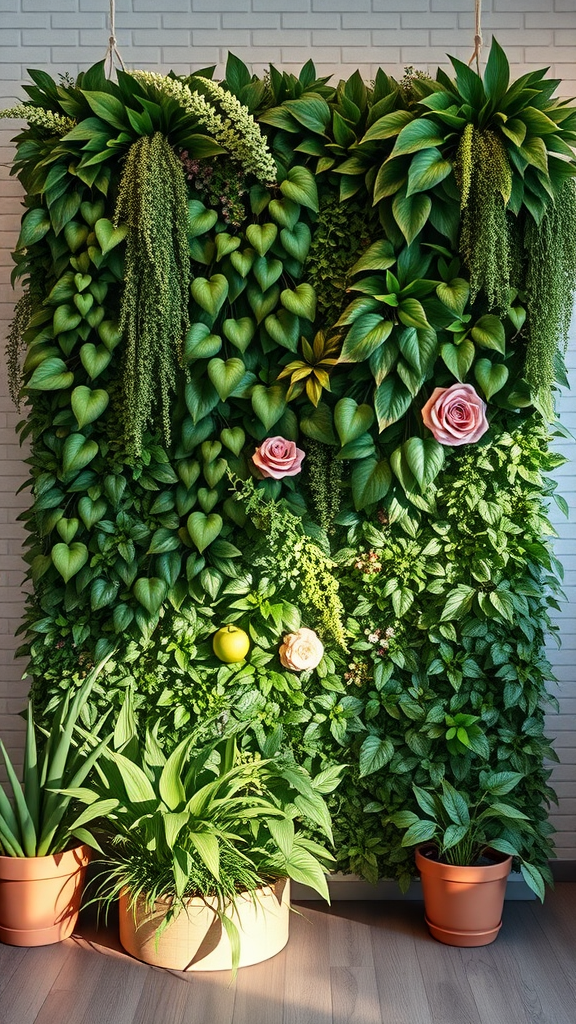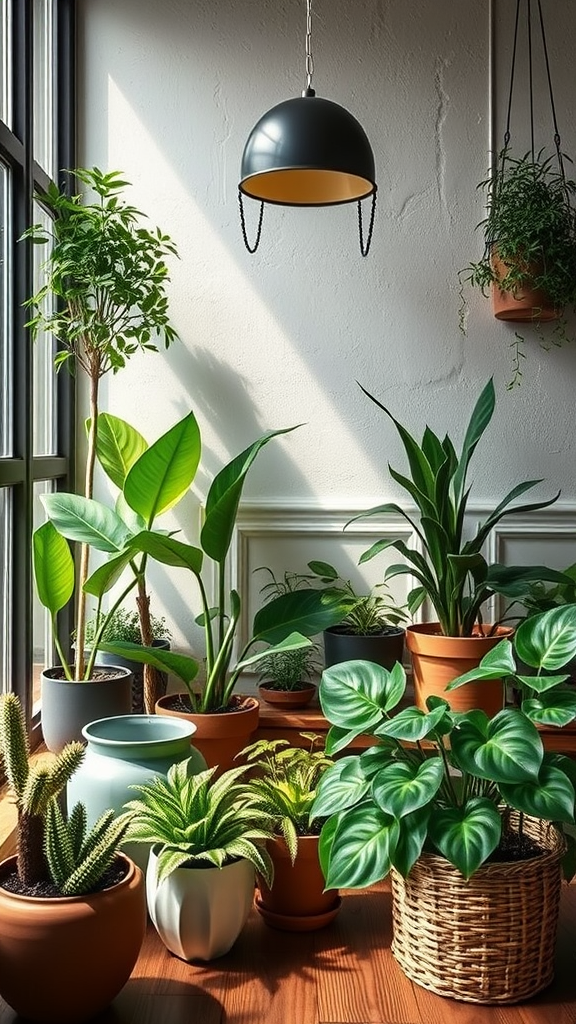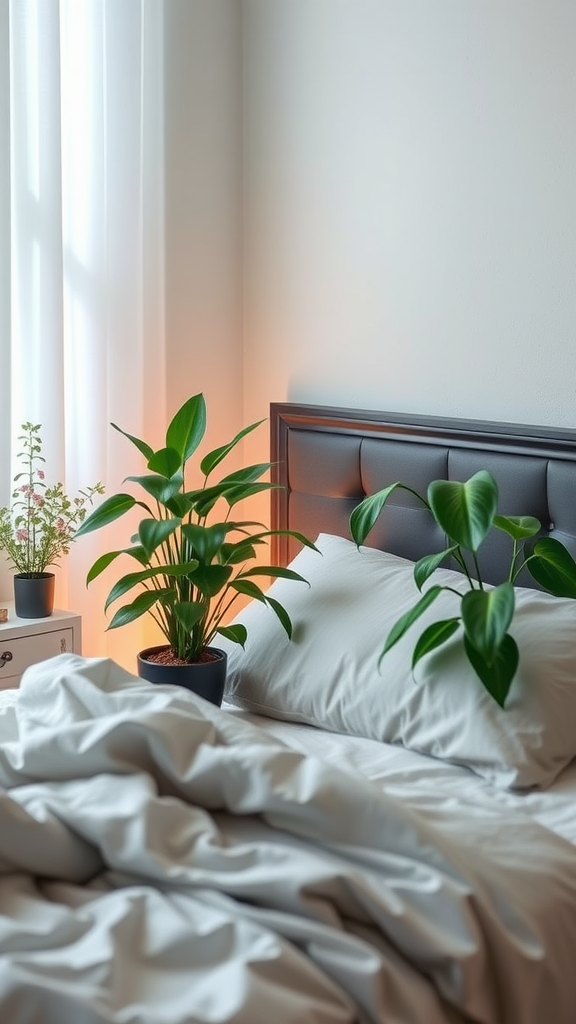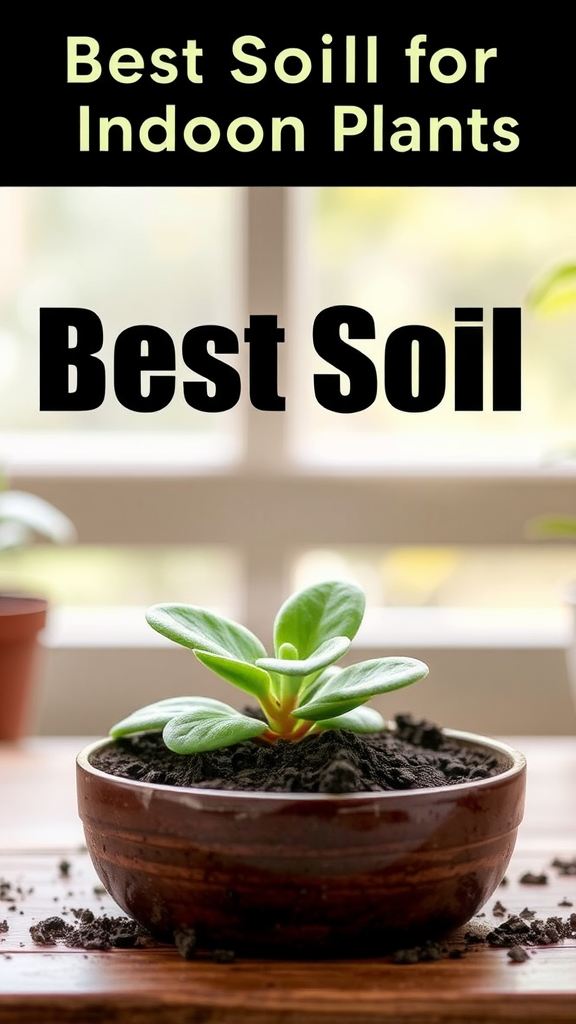Techniques for Creating a Stunning Plant Wall
Creating a stunning plant wall can transform any space into a vibrant oasis. Whether you want to improve indoor air quality, add a splash of color to your home, or create a unique focal point, the right techniques will ensure your plant wall flourishes. Here are some effective strategies to get you started.
Choosing the Right Location
First, determine where you want your plant wall. It’s essential to select a location that receives adequate natural light. Consider the following:
- Natural Light: Most plants thrive in bright, indirect sunlight. Make sure your chosen wall receives enough light throughout the day.
- Accessibility: Your plant wall should be easy to access for watering and maintenance. An unreachable wall can quickly become a neglected one.
- Humidity Levels: Take into account the room’s humidity, as some plants prefer a more humid environment, while others do well in drier areas.
Selecting the Plants
The plants you choose are the stars of your plant wall, so select wisely. Here are some popular options:
- Succulents: Low maintenance and ideal for beginners, succulents come in various shapes and colors.
- Ferns: These thrive in humidity and add a lush, green look, perfect for that tropical vibe.
- Herbs: Consider using edible plants like basil or mint, which can enhance both your aesthetics and your cooking.
- Air Plants: These are unique and don’t require soil; just mist them occasionally, and they’ll thrive.
Designing Your Layout
Once you’ve chosen your plants, it’s time to design an appealing layout. Here are some tips:
- Variety: Mix different plant types and colors to create visual interest. Balance larger plants with smaller ones for depth.
- Symmetry vs. Asymmetry: Decide whether you want a structured, symmetric look or a more relaxed, organic feel. Both styles can be beautiful.
- Height Variation: Use plants of various heights to add dimension to your wall. Taller plants can go at the back, with shorter ones in the front.
Choosing a Structure
The right structure is key to a successful plant wall. You have several options:
- Wall Planters: These come in various sizes and styles, allowing you to easily mount them on any wall.
- Vertical Gardens: Consider systems specifically designed for vertical planting available at gardening stores or online.
- Pockets or Wall Fabric: Fabric pockets are a soft, customizable option. They can be attached to a wall and filled with soil and plants.
Assembling Your Plant Wall
Now comes the fun part—putting it all together. Follow these steps:
- Lay out your plants on the ground first to visualize the final design.
- Secure your chosen structure to the wall. Make sure it’s sturdy enough to hold the weight of the soil and plants.
- Transfer your plants from their original pots to the new structure, ensuring they’re securely placed.
- Add soil, making sure each plant is nestled properly and can drain correctly.
Maintaining Your Plant Wall
Regular maintenance will keep your plant wall looking its best. Here are some key aspects to remember:
- Watering: Check moisture levels weekly. Most plants prefer being watered when the top inch of soil is dry.
- Fertilizing: Feed your plants with a balanced fertilizer every few months to ensure healthy growth.
- Pruning: Trim dead leaves or overgrown stems to maintain a tidy appearance and encourage new growth.
Your stunning plant wall is not just a beautiful addition to your space but also a rewarding project that enhances your environment. With thoughtful planning, careful selection of plants, and regular care, you can enjoy a thriving vertical garden that adds life and freshness to any room.
Choosing the Right Plants for Your Vertical Garden
Creating a vertical garden can transform your space into a lush sanctuary, but choosing the right plants is crucial for success. The right selection will ensure that your plant wall thrives and remains visually appealing. Here are key considerations to help you pick the best plants for your vertical garden.
Consider Your Environment
Before diving into plant selection, evaluate the environment where your vertical garden will be located. Factors like light, temperature, and humidity play a significant role in plant health. Here are some aspects to consider:
- Light Levels: Determine if the area receives direct sunlight, indirect light, or is shaded. Some plants flourish in bright, sunny spots, while others prefer low-light conditions.
- Temperature: Be aware of the average temperature fluctuations in your chosen location. This will help you select plants that can tolerate your climate.
- Humidity: Indoor vertical gardens may have varying humidity levels compared to outdoor setups. Consider plants that thrive in your specific humidity range.
Type of Plants
Your plant choices can greatly influence both aesthetics and ease of care. Here’s a breakdown of some fantastic options based on varying plant types:
Succulents
Succulents are perfect for those looking for low-maintenance options. They store water in their leaves, making them ideal for areas with low humidity. Examples include:
- Aloe Vera
- Jade Plant
- Hens and Chicks
Herbs
If you want a functional vertical garden that also smells great, consider herbs. They are relatively easy to grow and can be used in cooking. Some popular choices are:
- Basil
- Mint
- Thyme
Ferns
Ferns are excellent for adding lush greenery to your vertical garden. They thrive in shady spots and can create a dense foliage effect. Look for:
- Boston Fern
- Maidenhair Fern
- Bird’s Nest Fern
Flowering Plants
For a splash of color, flower-bearing plants can brighten your space. Select ones that can thrive vertically. Some good options include:
- Petunias
- Begonias
- Impatiens
Maintenance Requirements
When picking plants, consider how much time you are willing to invest in care. Some plants need regular watering, fertilizing, and pruning, while others are more forgiving. Here’s a quick guide:
- Low Maintenance: Succulents, air plants, and certain ferns.
- Moderate Maintenance: Herbs and flowering plants, which require regular watering and sunlight.
- High Maintenance: Some tropical plants that need specific conditions and frequent care.
Compatibility of Plants
Grouping plants with similar care needs can simplify maintenance and enhance the visual appeal of your vertical garden. For instance, succulents can thrive together, while shade-loving ferns can make a stunning combination. Here are things to consider:
- Plants that require the same amount of sunlight.
- Plants that have similar watering needs.
- Plants that are compatible in terms of growth patterns and root systems.
Vertical Garden Structure
The structure of your vertical garden will also affect your plant choices. If your vertical garden is built with limited space, select more compact plants that won’t outgrow their location. Meanwhile, open structures can support larger plants. Consider the arrangement and layering of plants to maximize both aesthetics and growth.
Choosing the right plants for your vertical garden enhances not only its beauty but also its sustainability. By assessing your environment, considering different types of plants, and understanding maintenance requirements, you can create a thriving oasis right in your home or yard. Happy gardening!
Conclusion
Creating a stunning plant wall can transform any space into a lush and inviting environment. By employing various techniques, such as using modular panels, hanging pockets, or even repurposed materials, you can craft a vertical garden that suits your style and space requirements. It’s crucial to consider the structural integrity of your wall and ensure that it can support the weight of your chosen plants, soil, and any water retention systems.
Selecting the right plants is equally critical for ensuring a thriving plant wall. Consider factors like light availability, humidity, and your local climate. Opt for a mix of plant varieties that thrive together; this could include ferns, succulents, herbs, or flowering plants. Native plants are often a good choice, as they’re better suited to your environment and require less maintenance. Group plants with similar care needs to make your upkeep efforts easier.
Remember to maintain your plant wall with regular watering, pruning, and fertilizing as needed. This will help ensure it remains vibrant and healthy. Whether you’re looking for a decorative accent or a functional herb garden, the right techniques and plant choices will help you achieve a stunning plant wall that enhances your living or working area. Engage with your plants, and enjoy the rewarding process of watching them grow in a creative and unique way. Let your imagination guide you, and soon enough, you’ll have a beautiful vertical oasis to admire.





